Throckley





Counting on Katherine by Helaine Becker
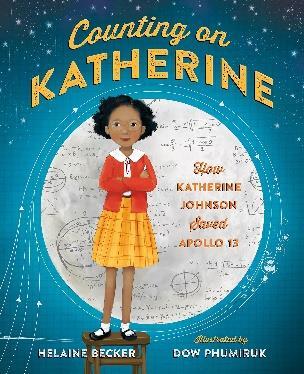
One Little Bird by Sheryl Webster
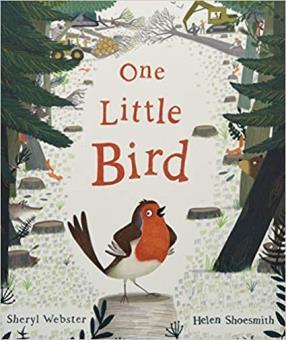
Under the Same Sky by Britta Teckentrup

The Invisible Boy by Trudy Ludwig Elmer by David McKee Stuck by Oliver Jeffers

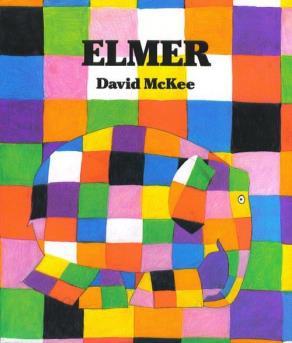
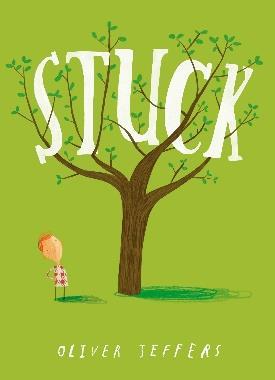


Recap of content from previous years:
Y1: Letter, capital letter word, singular, plural, sentence punctuation, full stop, question mark, exclamation mark.
Y2: Noun, noun phrase, statement, question, exclamation, command, compound, suffix, adjective, adverb, verb tense (past, present) apostrophe, comma, past progressive
Y3: Preposition, conjunction, word family, prefix, clause, subordinate clause, direct speech, consonant, consonant letter, vowel, vowel letter, inverted commas, present progressive
Y4: Determiner, Article, pronoun, possessive pronoun, adverbial.
Y5: Modal verb, relative pronoun, relative clause, parenthesis, bracket, dash, cohesion, ambiguity.
New content:
Subject, object, active, passive, synonym, antonym, ellipsis, hyphen, colon, semi-colon, bullet points.


Vocab to be introduced and repeated
abstract noun, active voice, analyse, atmosphere, autobiography, cohesion, collective noun, colon, comparative, compare, compound adjective, concrete noun, cultural context, dash, explicit, future tense, historical context, hyphen, hyphenated word, imagery, implicit, intent, interpretation, language features, language techniques, modal verbs, passive voice, pathetic fallacy, perfect tense, perspective, poetic device(s), prepositional phrase, reflect, relative clause, revise, semi-colon, sequence, simple tense, social context, Standard English, stimulus, subject, summarise, superlative, theme, tolerance, tone, voice.


Recognise vocabulary and structures that are appropriate for formal speech and writing, including subjunctive forms.
Use passive verbs to affect the presentation of information in a sentence.
Use the perfect form of verbs to mark relationships of time and cause.
Use expanded noun phrases to convey complicated information concisely.
Use modal verbs or adverbs to indicate degrees of possibility.
Use relative clause beginning with who, which, where, when, whose, that or with an implied relative pronoun.
Use commas to clarify meaning or avoid ambiguity in writing.
Use hyphens to avoid ambiguity.
Use brackets, dashes or commas to indicate parenthesis.
Use semi colons, colons or dashes to mark boundaries between independent clauses.
Use a colon to introduce a list.
Punctuate bullet points consistently.
Use and understand grammatical terminology appropriately when discussing writing and reading.
Identify the audience and purpose of the writing selecting the appropriate form.
Take notes and develop initial ideas, drawing on reading and research.
Draft:
In narrative writing, consider how authors have developed characters and settings.
Select appropriate grammar and vocabulary and understand how choices can change and enhance meaning.
Describe settings and characters and integrate dialogue to convey character and advance action.
Use a wide variety of devices to build cohesion within and across paragraphs.
Use further organisational and presentational features to structure the text and guide the reader.


Assess the effectiveness of own and others’ work, proposing changes to grammar and punctuation to enhance and clarify meaning.
Ensure the consistent use of tense across a piece of writing.
Ensure subject-verb agreement when using singular and plural.
Proof read for spelling and punctuation errors.
Perform own compositions, using appropriate intonation, volume and movement.
Using the Read Write Inc scheme, class teachers will deliver numerous spelling sessions weekly using the workbooks to ensure success and confidence in reading, writing and spelling.
Use further prefixes and suffixes and understand the guidance for adding them.
Spell some words with ‘silent’ letters.
Continue to distinguish between homophones and other words and other words which are often confused.
Use knowledge of morphology and etymology in spelling and understand that the spelling of some words needs to be learnt specifically (English Appendix 1)
Use dictionaries to check the spelling and meaning of words.
Use the firs three or four letters of a word to check spelling, meaning or both of these in a dictionary.
Use a thesaurus.
In order to ensure pupils develop their handwriting and have pride in their work, regular, pacey handwriting sessions will be taught weekly by class teachers following the scheme PenPals. Alongside these sessions, class teachers will continue uphold high expectations for presentation in all work books and provide additional interventions if or when needed.


Throughout the year, class teachers will plan, teach and assess in line with the objectives and vocabulary outlined above. Working alongside Jane Considine’s The Write Stuff approach, children will discover a range of exciting, purposefully-selected texts (please see Year 6’s Reading Library below) to help support and develop their reading, spelling, handwriting and writing skills in order to become confident within their year group’s curriculum and instil a love and passion for the world of English.
For more information on how English is taught and delivered at Throckley Primary School, please see the document: English- Intent, Implement, Impact.
Throckley Primary School
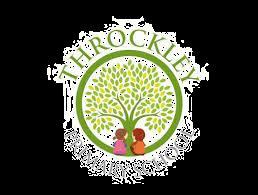

Year 6 English Curriculum Overview
Purposes studied: To entertain, to persuade, to discuss and to inform.
Week 1
Classics Study: Treasure Island
Week 2
Writing Outcome: Setting Description
The Body Book by Hannah Alice
Writing Outcome: Explanation text on the Circulatory System.
Week 3
Week 4
Number the Stars by Lois Lowry
Links to Science circulatory system.
Holes By Louis Sachar
Writing Outcome: Narrative detailing Stanley and Zero’s escape from Camp Green Lake.
Earth Heroes Writing Outcome: Speech to persuade/ inform government on the damage to the planet inspired by Greta Thunberg.
SAL outcome: Perform their speech to the class.
The Boy at the Back of the Class by Onjali Rauf
Writing Outcome: To write a debate too discuss differing views on refugees.
Moth an Evolution story Writing Outcome: Essay answer how evolution came about and was proven.
Week 5
Week 6
Writing Outcome: Narrative
Link to History WW2.
The Nowhere Emporium by Ross MacKenzie Writing Outcome: Adventure narrative based on Chapter 1 of the novel.
Street Child by Berlie Doherty
A Street Through Time by DK.
Writing Outcome: Informal letter from Jim Jarvis about conditions in the workhouses.
Links to Geography: Irreparable World
Links to science: Evolution and Inheritance
Refugee by Brian Bilston
Writing Outcome: Narrative poetry detailing a refugee’s journey.
Week 7
The Raven by Edgar Allan Poe
Written Outcome: Black-out poetry
Week 8
Fiction Non-fiction Poetry
Eren by Simon P Clark
Writing Outcome: Discursive argument about the creature in the attic.
SAL outcome: Debate both points of view.


Reading will remain a priority throughout the year, with a particular focus on instilling a love of books. Class teachers will regularly teach the below objectives through reading lessons, book talk discussions, English lessons, cross-curricular opportunities, and home time reading.
Apply their growing knowledge of root words, prefixes and suffixes (morphology and etymology) both to read aloud and to understand the meaning of new words that they meet.
Work out unfamiliar words, focussing on all of the letters in the word.
Continue to read and discuss an increasingly wide range of fiction, poetry, plays, non fiction and reference books or textbooks.
Read books that are structured in different ways and read for a range of purposes.
Increase familiarity with a large range of books including; myths, legends and traditional stories, modern fiction, fiction from out literacy heritage, and books from other cultures and traditions.
Recommend books that they have read to their peers, giving reasons for their choices.
Identify and discuss themes and conventions in and across a wide range of writing.
Make comparisons within and across books.
Learn a wider range of poetry by heart.
Show understanding through intonation, tone and volume so that the meaning is clear to an audience.
Check that the book makes sense to them, discussing their understanding and exploring the meaning of words in context.
Ask questions to improve their understanding.
Draw inferences such as inferring characters’ feelings, thoughts and motives from their actions, and justifying inferences with evidence.
Predict what might happen from details stated and implied.
Summarise the main ideas drawn from more than one paragraph, identifying key details that support the main ideas.
Identify how language, structure and presentation contribute to meaning.
Discuss and evaluate how authors use language, including figurative language, considering the impact on the reader
Distinguish between statements of fact and opinion.
Retrieve, record and present information from non-fiction.


Participate in discussions about books that are read to them and those they can read for themselves, building on their own and others’ ideas and challenging views courteously.
Explain and discuss their understanding of what they have read, including through formal presentations and debates, maintaining a focus on the topic and using notes where necessary.
Provide reasoned justifications for their views.
To compare characters and consider different accounts of the same events.
Continue to learn the conventions of different types of writing, such as the use of the first person in writing diaries and autobiographies.


